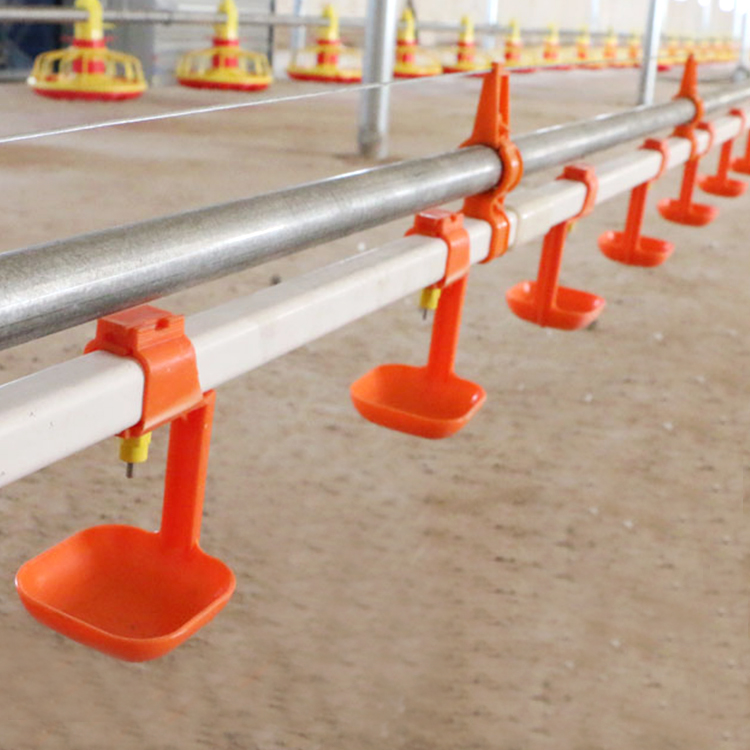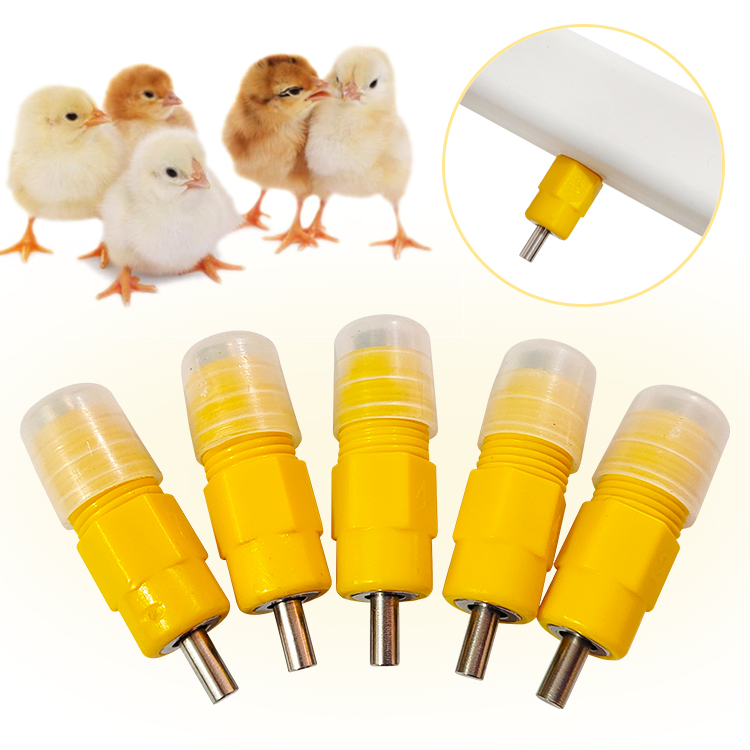News
1. Water is the most important nutrient for chickens
Water accounts for more than 60% of the chicken's body weight, and the water intake is usually twice or more than the feed intake. As the most important nutrient, drinking water participates in biochemical reactions, material transport, body temperature, maintenance of tissue and organ morphology, and composition of lubricating fluid. Even more important than protein and mushrooms. so. If there is no water to drink, or the drinking wall is small (due to blocked nipples or drinking water pollution), it will affect the intake of feed and the conversion efficiency of feed, thus affecting the life and production performance of chickens.
2. Current status of water application and reasons for concern
2.1 Focus on the cause analysis of clean drinking water pollution Through a large number of microbial count analyses in water (total bacterial count, Escherichia coli, Enterobacter) and quantitative analysis of the chemical composition of water towels (such as minerals, nitrates, and others). It turns out that microorganisms can easily multiply in water, which makes livestock producers have to pay more attention to the quality of drinking water than ever before.
2.2 Reasons why chicken house drinking is always easy to be polluted
On the one hand, it is polluted by feed residues, feces, stubborn materials, dust & litter; on the other hand, biofilms are deposited in the drinking water line through the deposition of additives (the carrier of some additives is sugar), which can cause pipeline blockage. As the culture medium for microorganisms, the pH value of water is usually 7 to 8, which is an ideal pH value environment for many microorganisms. At this time, bacteria can proliferate every 20 to 30 minutes. Especially at night. Poultry no longer drink water, the bacteria in the water line have enough time to grow and reproduce, and the drinking water will be seriously polluted. For example, the shelf water contains only 100 Escherichia coli/ml at night, but the number will reach 5,000,000/ml in the next morning.
2.3 Biofilm formation
The use of vitamins and minerals in drinking water tends to form scale, which combines with bacteria and secretes exopolysaccharide polymers that make bacteria stick to each other in a very fine manner to form a film. During the production period, especially when a large number of water-soluble additives (such as vitamins, minerals, electrolytes, enzymes, antibiotics, etc.) are used, a thick biofilm will be formed on the inner wall of the water line, and microorganisms can use it to speed up breeding, and then passing, open water storage grades of fine and poor tanks or contaminated nipple drinkers. Pathogenic microorganisms can easily enter the drinking water line. and spread rapidly. Eventually, contaminate the entire drinking water system.
3. Treatment measures for the drinking water system
3.1 Regularly thoroughly clean the drinking water system with disinfectants containing chlorine, phenol, quaternary ammonium salts, and hydrogen peroxide. The effect is often limited to the main water supply pipes running horizontally, and the vertical pipes that lead water to the drinking fountains. If it is not cleaned, the nipples and drinking cups are also not cleaned. If organic acid is added to water, it will not harm livestock and poultry. It will not pollute the environment. However, it can keep the drinking water system free from microbial contamination.
Source: yangji.com
Statement: Some of the information on this site comes from the Internet, and the source has been indicated for reprinting. If there is any errata, please contact us at any time, we will delete it immediately if there is any infringement.

Pulished on Dec. 30, 2025

Pulished on Dec. 04, 2025